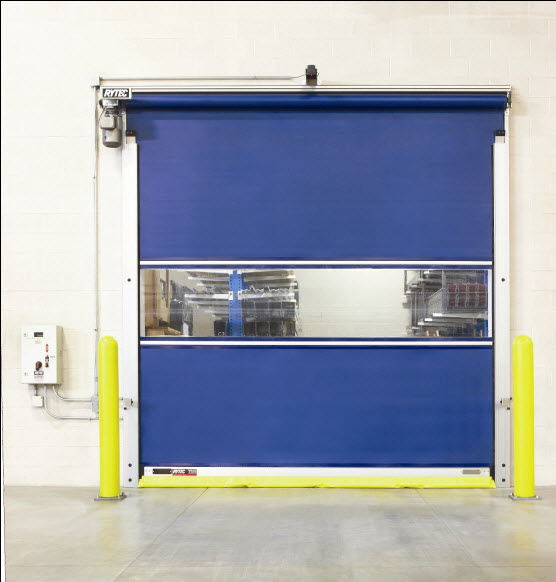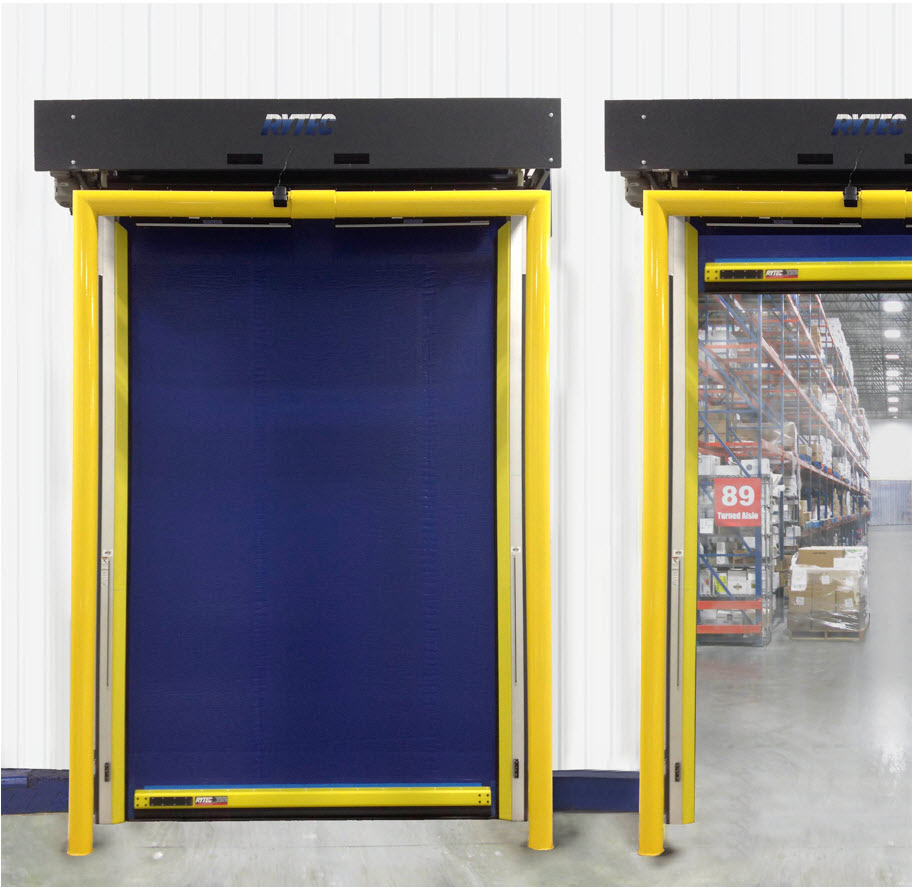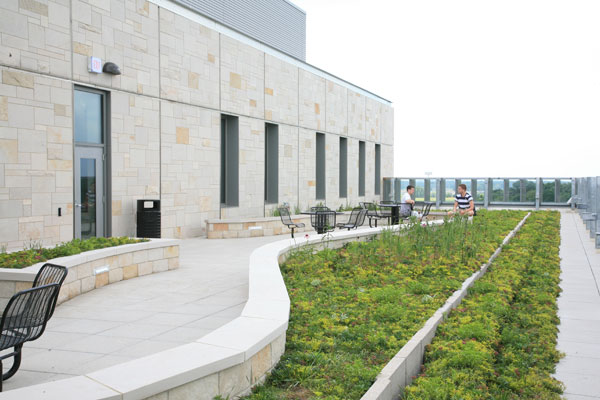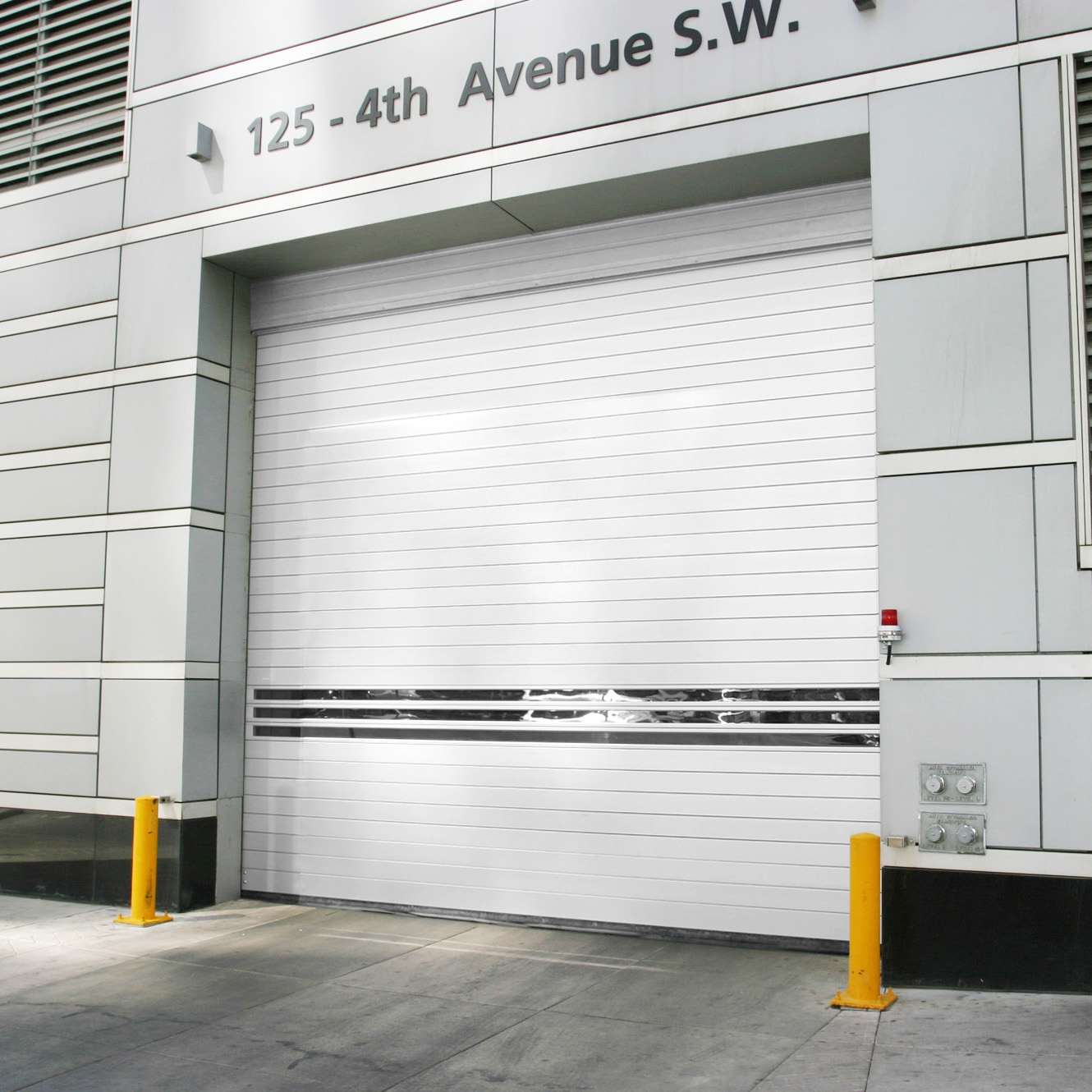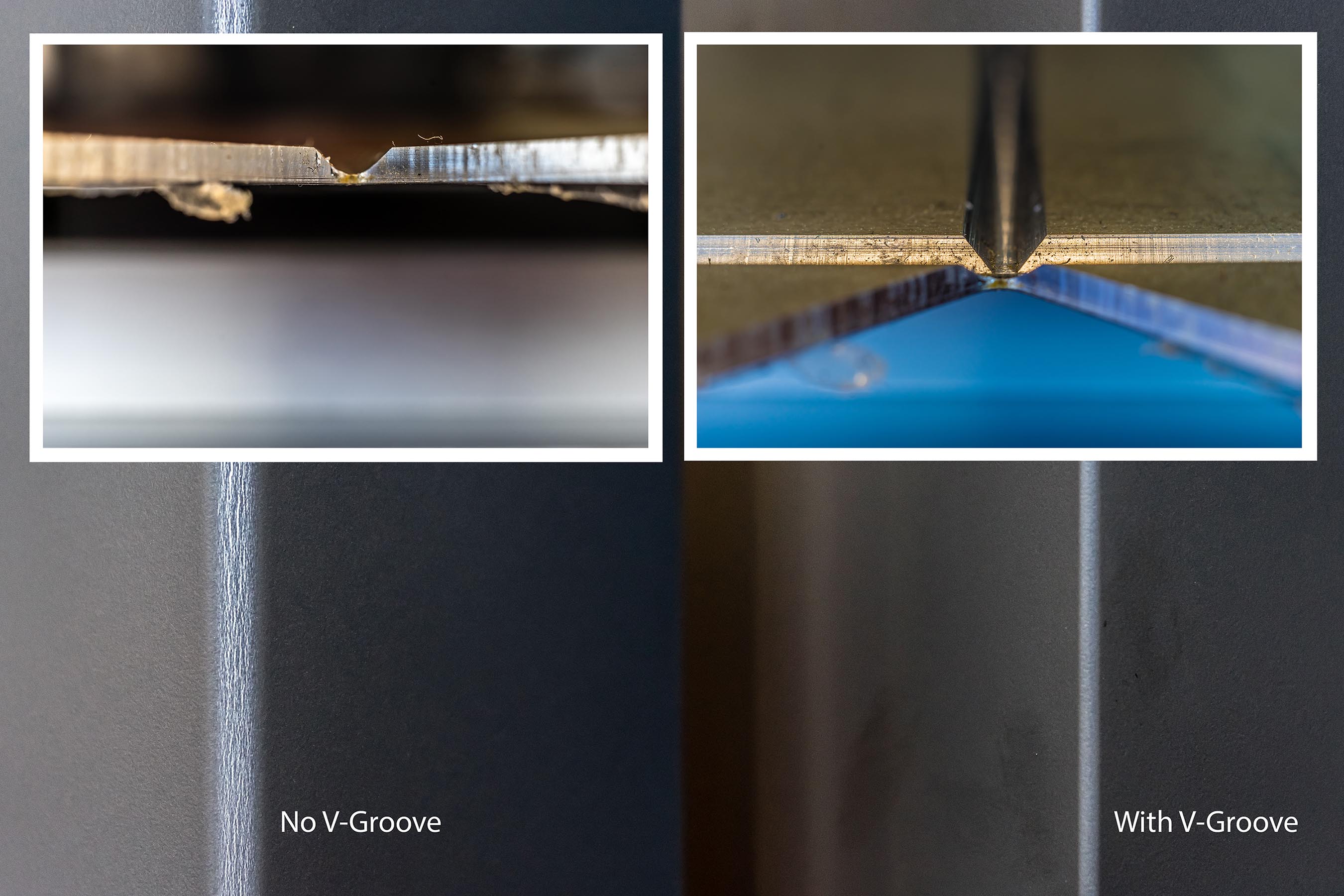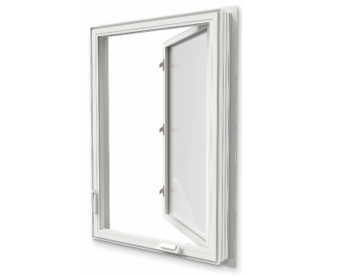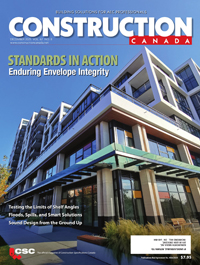Strength in the scorch: Timber’s secret to surviving fire
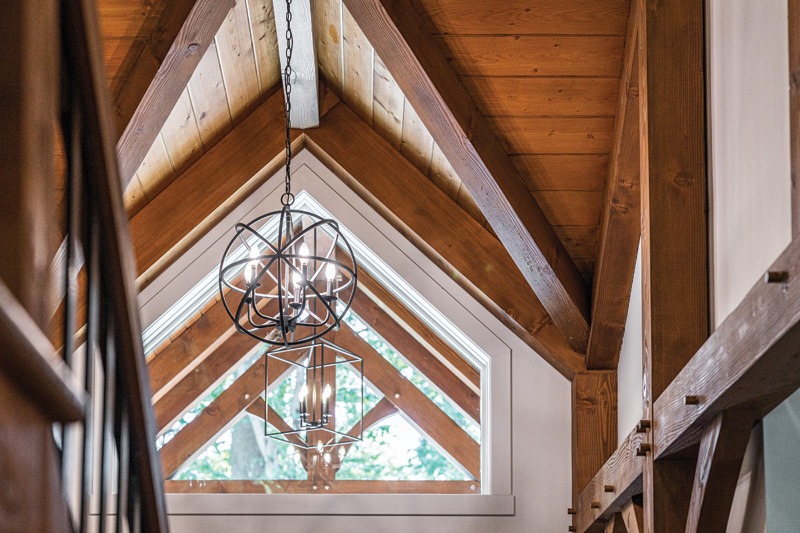
Embracing timber as a primary construction material brings a multitude of benefits that extend far beyond esthetic appeal. Timber’s innate qualities, marked by its versatility, sustainability, and strength-to-weight ratio, position it as a favourable choice in contemporary construction. However, heavy timber stands out not only for these impressive features but also for a remarkable and perhaps surprising quality—fire resistance. Several inherent properties add to heavy timber’s fire-resistant properties, especially when coupled with additional measures that can enhance and complement its resistance.
Charring process
Heavy timber’s distinct fire-resistant attribute is its capability to char in a controlled manner when faced with flames, rather than burning through and combusting. As observed and documented over years of research and testing, heavy timber’s behaviour in a fire is highly predictable. When heavy timber is exposed to fire, its outer layer undergoes a charring process, creating a protective barrier. The United States Department of Agriculture (USDA) has also conducted extensive testing in this area. Understanding this charring process is crucial in designing and assessing the fire performance of heavy timber structures.
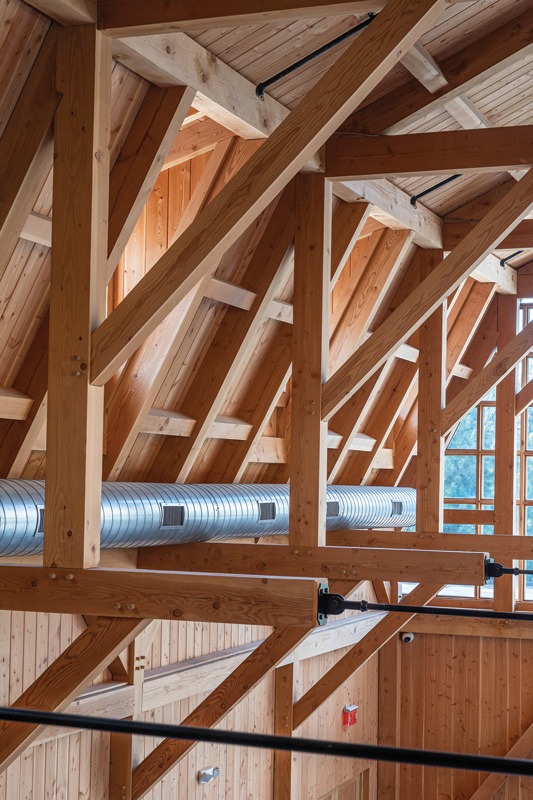
Insulating properties
As the outer layer of heavy timber chars, it insulates the inner, unburned wood from the flames. This insulation significantly slows down the fire’s progression, preventing it from penetrating deeply into the timber, and providing a crucial advantage in terms of safety and structural integrity.
Predictable behaviour
Unlike some materials that may behave unpredictably under intense heat, heavy timber’s response to fire is well documented. This predictability allows for effective design and engineering, facilitating the incorporation of safety measures that meet stringent building codes and regulations. The National Fire Protection Association (NFPA) and the International Building Code (IBC) provide prescriptive information for heavy timber fire safety within their standards. Recently, the IBC released many revisions and updates to mass timber building height allowances and associated fire safety requirements. In Canada, the National Research Council (NRC) conducted fire tests on mass timber assemblies, and the results have been used to propose changes to Canadian codes.
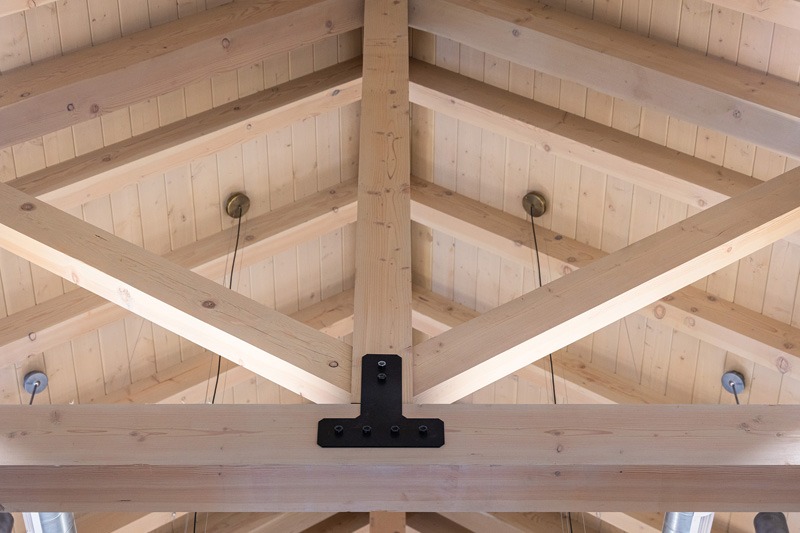
Comparative advantage
The reliability of heavy timber in fire scenarios enhances its appeal as a construction material in various applications. Traditional construction materials such as concrete and steel do not possess inherent fire-resistant properties. While concrete may offer better fire resistance than steel, both materials conduct heat more rapidly and can undergo significant loss of strength and structural compromise when exposed to high temperatures. Thus, while concrete and steel have their merits in construction, heavy timber’s unique characteristics make it a compelling choice in builds where fire resistance is a critical consideration.
Additional measures
In addition to inherent fire resistance, a strategic combination of design, technology, and preventative safety measures further fortifies protection against fire hazards. Applying fire-resistant coatings to slow the speed of charring, installing automatic sprinkler systems for rapid fire suppression, and implementing fire barriers and compartmentation to contain fires are just a few examples of design and technology solutions. These preventative and proactive measures also contribute to an intentional and comprehensive approach to fire safety within heavy timber structures:
- Performing environmental assessments
- Installing early warning systems
- Emergency egress planning
- Conducting regular inspections
- Co-ordinating with emergency services
When faced with fire, heavy timber’s unique charring process, insulating properties, and predictable behaviour position it as a reliable choice in construction. The comparative advantage it holds, coupled with additional safety measures available, solidifies heavy timber’s place as not just a building material but a safeguard against unforeseen challenges.
Author
From a young age, Mike Banta was fascinated by the exposed structural elements of timber framing and admired the longevity and character of the timbers. For more than 20 years, he has been designing timber frame structures and has advanced expertise in structural steel and other architectural materials, including cross-laminated timber, glue-laminated timber, and reclaimed and recycled timber. He is also experienced in mechanical, restorative, and sustainable design, technical drafting and detailing, CNC programming, prototyping, and quality control. He currently serves as general manager of Mid-Atlantic Timberframes in Lancaster, Pa.


